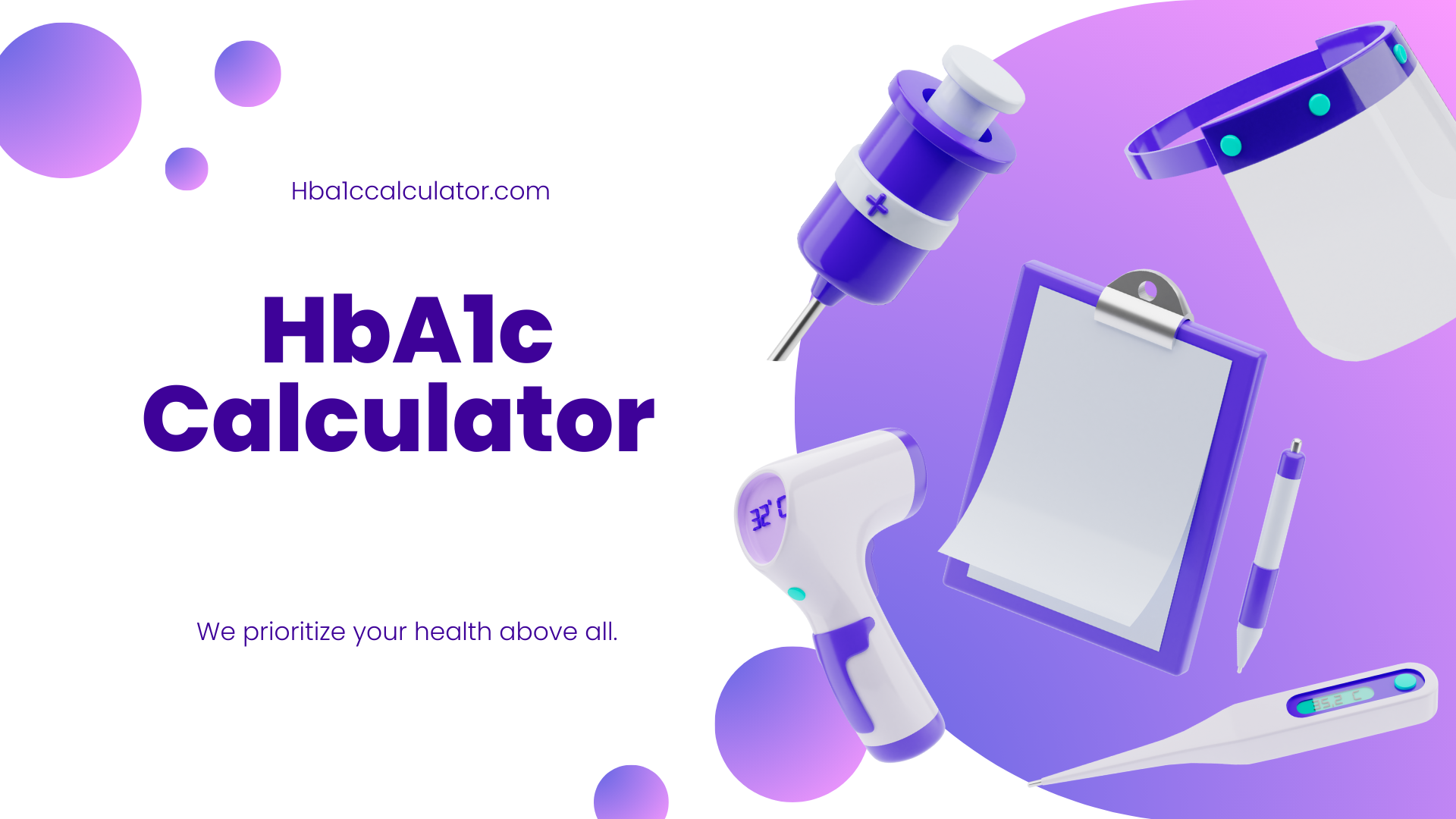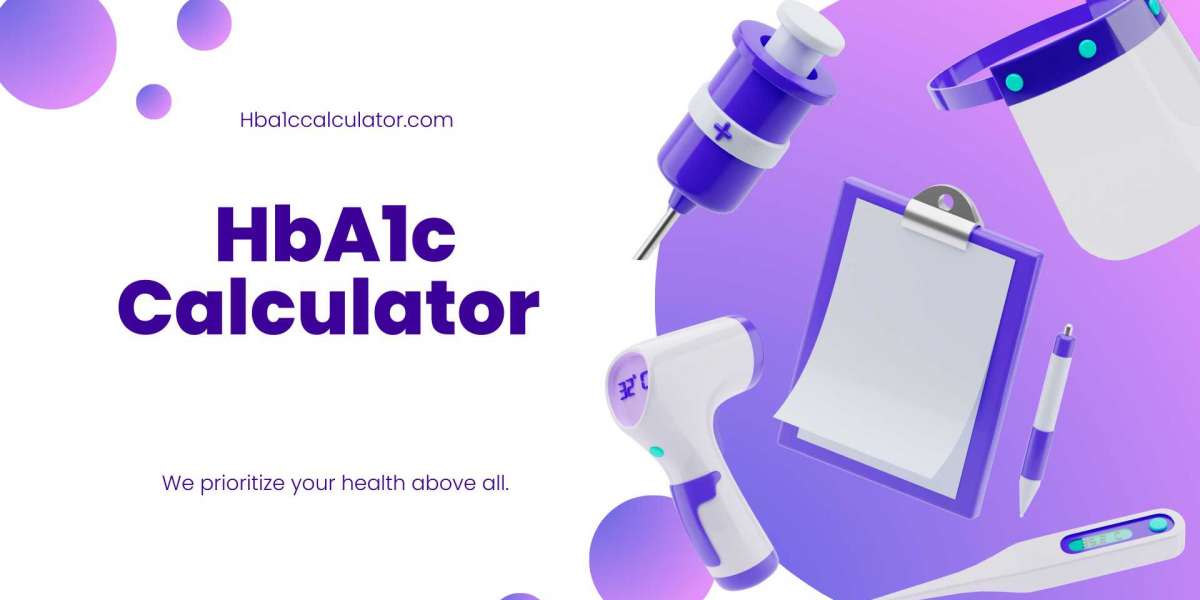The HbA1c (hemoglobin A1c) calculator is an essential tool used in healthcare to estimate a person’s average blood glucose levels over a period of approximately two to three months. It is widely used in managing diabetes as it provides a more comprehensive picture of long-term hba1c calculator glucose control than a single blood sugar reading. Hemoglobin A1c is a form of hemoglobin, a protein in red blood cells, that bonds with glucose. The percentage of glycated hemoglobin (HbA1c) in the blood is measured, and from that value, healthcare professionals can estimate average glucose levels. The HbA1c test is preferred for monitoring because red blood cells live for about 120 days, offering a more extended assessment period than daily glucose tests that fluctuate throughout the day.

The HbA1c calculator uses a simple formula to convert HbA1c percentages into estimated average glucose (eAG) levels, typically measured in milligrams per deciliter (mg/dL) or millimoles per liter (mmol/L). The formula to calculate the eAG from HbA1c is: eAG (mg/dL) = (28.7 × HbA1c) − 46.7. This means, for example, if a patient’s HbA1c is 7%, their estimated average glucose would be around 154 mg/dL. It’s important to note that while the calculator provides a useful approximation, individual variability can cause differences in results between the HbA1c and actual daily glucose readings.
The HbA1c test is especially helpful for individuals with diabetes, as maintaining a lower HbA1c percentage is associated with a reduced risk of diabetes-related complications such as heart disease, kidney problems, and nerve damage. An HbA1c level below 5.7% is considered normal, between 5.7% and 6.4% indicates prediabetes, and a value of 6.5% or higher on two separate tests typically leads to a diabetes diagnosis. For people managing diabetes, healthcare professionals often recommend keeping HbA1c levels below 7% to minimize risks, though the ideal target can vary based on age, medical history, and the presence of other conditions.
By using the HbA1c calculator, individuals and healthcare providers can work together to set personalized treatment goals and make informed decisions about diet, medication, and lifestyle changes. For example, a patient might adjust insulin doses or modify dietary intake of carbohydrates based on their HbA1c results and the corresponding estimated average glucose level. The HbA1c calculator can be a valuable tool in managing diabetes in conjunction with other daily monitoring methods, such as self-monitoring of blood glucose (SMBG) or continuous glucose monitors (CGMs).
It’s important for patients to have regular HbA1c tests, typically every three to six months, depending on their level of control and their healthcare provider’s recommendations. While the HbA1c test does not capture short-term fluctuations in glucose levels—such as those related to meals, stress, or exercise—it offers a stable metric for assessing long-term glycemic control. For people with diabetes, the HbA1c calculator helps them stay proactive in managing their condition, allowing them to track trends over time and make necessary adjustments to their treatment plans, thereby improving their quality of life and health outcomes.









